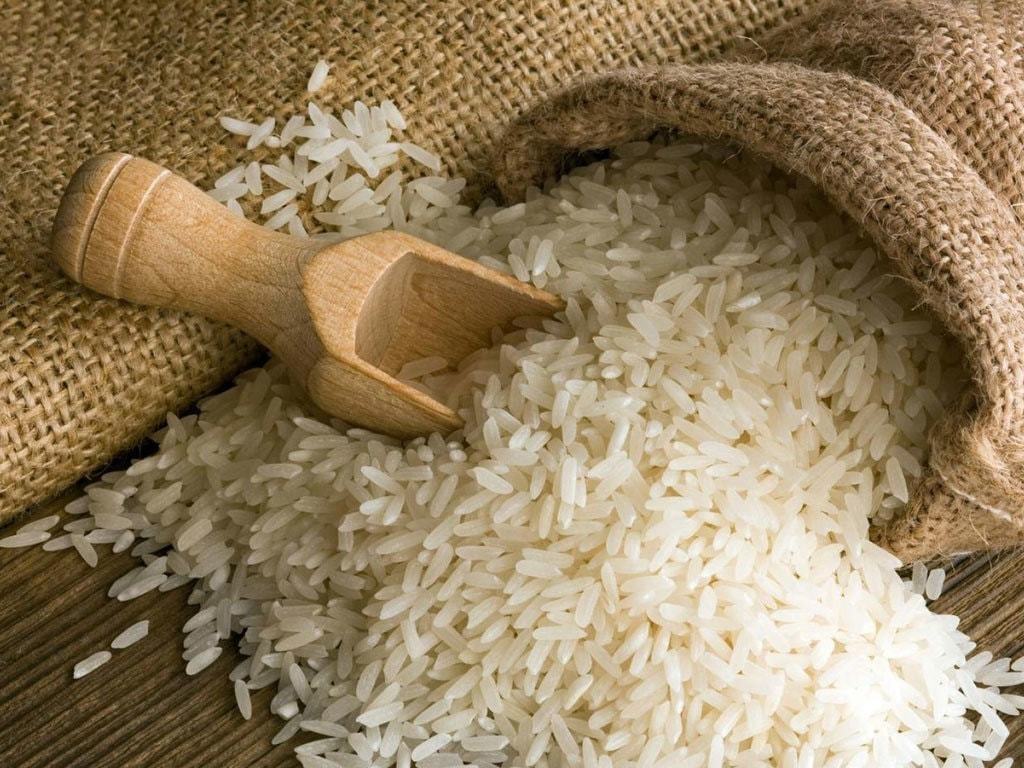Basmati: what is at stake?
Last week, BR Research covered the gaps in Pakistan’s Geographical Indications framework and its stalled implementation. These gaps risk weakening Pakistan’s case at EU against India’s exclusive rights claim as the only country of basmati origin. (For more, read: “Basmati exports under threat” published on October 01, 2020). But it might help to take into account what is at stake for the two competing nations.
Compared to Pakistan, India is pretty much a giant when it comes to global basmati trade. Out of the total basmati exports from the sub-continent, Pakistan’s share has been a puny 15 percent over the past decade. In fact, during 2018, India’s basmati exports alone exceeded Pakistan’s total food group exports, which include all agri commodities such as dairy, fish, fruits, and even red meat!
But that makes sense, given the sheer size of our hostile neighbour and swathes of irrigated land available to its farmers. Indian basmati edges over Pakistan in most respects, even though the varieties cultivated are similar (often exchanged through grey market channels). For example, average yield per hectare in Indian regions of Punjab, Haryana, and J&K ranges between 3 – 3.5 tons, against 1.97 tons this side of the border.

Similarly, Indian traders have historically fetched a better price for their produce in international market. Consider that in 2019, Pakistani exporters sold local basmati at an average $880 per ton against total volume of 0.9 million tons of basmati – compared to a tad higher $1,110 per ton fetched by Indian traders on export of whopping 4.1 million tons.
Yet, basmati export from both countries is still largely commoditized, though to varying degrees. Pakistani exporters have struggled more to build brands, onus of which largely falls on lack of investment in marketing and building brand equity – a fact acknowledged by chairman Rice Exporters Association of Pakistan in an interview with BR Research earlier this year.
Thus, the current conflict appears to be one of market access rather than brand recognition. Of course, that is a far easier battle to pick, as even the most fervent patriots on this side of the border would admit that nation branding is a stronger suit of the hegemonic neighbour, given its greater diplomatic currency and soft power.
But this raises an obvious problem. If the conflict is over exclusive market access, why have daggers been drawn over a market that buys just 5 percent of total global basmati trade?
Consider that more than 80 percent of Indian basmati exports – in value terms – are to Gulf countries, where Iran is its biggest buyer with import of $1.2 billion worth basmati rice every year. This is embarrassing on two accounts: one, Pakistani exporters have land access to Iran as the two countries share a nearly thousand kilometres long border. And two, unlike UAE – which serves as a re-packaging/re-branding stopover for basmati from both India and Pakistan – Iran makes little re-exports to EU. Consider also that India’s annual basmati export to Iran is 1.4 times Pakistan’s total basmati export to the rest of the globe. Seen from the lens of market access, Iran, and not EU, is the one who got away!

What makes India’s obsession to getting Pakistan’s basmati banned from EU all the more frustrating is that until last year, UK was the largest buyer of Indian basmati in the single market, with its share of 37 percent. Minus UK, basmati exports from India and Pakistan to continental European countries are very much on equal footing – at $130 million per annum. For India, that’s less than 5 percent of its annual basmati exports, but for Pakistan, that is nearly 17 percent of its total global basmati market. Pakistan’s prospective loss thus is more substantial, especially in relative terms.
It is tough to predict which way the camel might land. But its consequences are already obvious. First, an exclusive right in EU could create a precedent under TRIPs for other markets as well, beginning from North America, APAC, Mediterranean, and eventually Gulf nations. On the other hand, all hope should not be lost for Pakistan, as it may continue to have its foot in the European door through UK. The Great Britain is all set to exit the single market and may refuse to follow EU’s definition in bilateral trade with countries such as Pakistan.
What is clear, however, is that Pakistani exporters will now have to try even harder to capture the Gulf market, which imports almost 80 percent of all internationally traded basmati. Transit ports such as Dubai will become even more crucial as they may serve as sites to repackage goods under Indian brands. As the Eastern hegemon continues to invest in building brand India, that means further commoditization for Pakistan’s basmati, as the gap between per unit prices fetched by traders in both countries will widen.
The MoC then should be far more concerned with the lack of recognition for brand Pakistan, which has allowed basmati to become synonymous with brand India. Yes, Pakistan should worry about market access to EU, but worry even more about the precedent Indian move has created for other trading partners. Meanwhile, some introspection might also be in order for losing the other next-door neighbour, Iran, which - given its one-quarter share in global trade - is a five times bigger market than EU-27.
























Comments
Comments are closed.